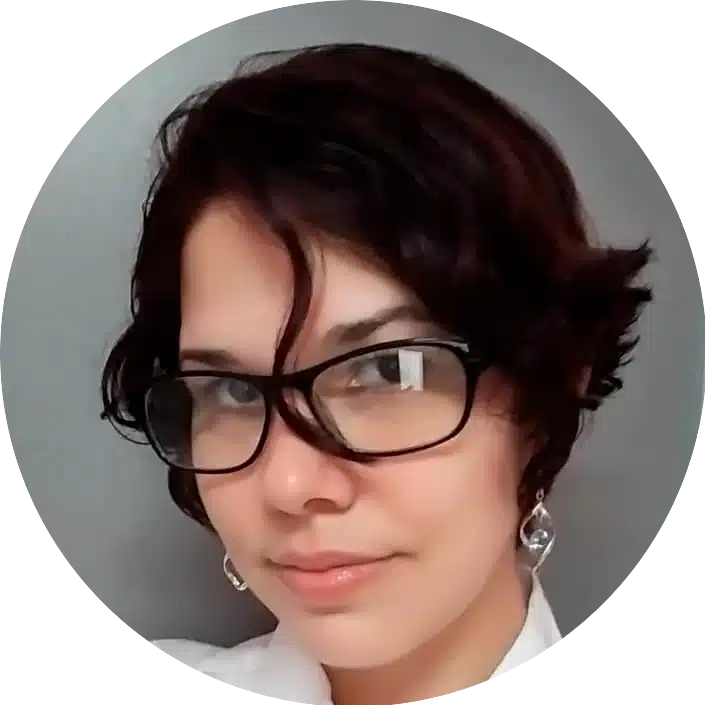The app MedicAR, acronym for Medic Augmented Reality is being currently tested at Stanford University Medical Center.
This app was first developed by the Spanish start-up Droiders to simulate the instruction of surgical procedures for teaching. Therefore, MedicAR application can be utilized to help medical students by accelerating their learning curve.
If you´re interested in more details about this Google Glass app we invite you to discover all about it on this article. But first, let´s find out…
Google Glass was first developed by Google, as an augmented reality system. The wearable in the shape of glasses is a voice controlled computing system, that contains an HD screen, Bluetooth, Wi-Fi and GPS. Also counts with a 5 MPx camera.
The interface can sync with Android and iOS phones, in an intended integration of information across platforms. Since its invention, Google Glass has represented an intriguing technological advance, especially because of its recent implementation within the medical field.
Right now, after many start-ups has created Google Glass apps for use in medical field, is widely accepted that this technology might change medical education and practice.
As a tool for medical procedures, its role as an instrument for sharing and transferring information has been widely discussed. Glasses would allow physician the access in real time to a patient’s medical records, imaging studies and pharmaceutical info, mainly through the integrated HD screen.
Google Glasses may also help with surgical procedures, providing instant access to reference materials and giving the chance of making real-time consults while in the operating room. In addition, this wearable is proving to be capable of providing a more integrated and complete experience for medical students.
Students will be able to interact with virtual patients from the point of view of the physician, in a sort of immersive educational experience. Furthermore, if the patients use the glasses, these students will be capable of viewing the patient encounters from their point of view, providing an perspective than only a few students have been able to experience.
Artículo recomendado:
Now that we understand the frame of this technology, we might be able to comprehend the apps that have been developed for it.
Specifically, this app created by Droiders is capable of guiding an entire surgery, step by step. It combines segmented reality and wearable Google Glass in order to simulate the instruction of surgical procedures for teaching.
This app was first thought to help medical students in their process to become surgeons, assisting them from the basic steps: for example, showing them where to cut, the exact tools to use, and what to do next, until the closure of the incision after the procedure is finished.
The app places a temporary tattoo in the patient´s skin, signaling the surgeon or student where to aim at with the Google Glasses. In that moment, the surgeon see a display on the screen that starts guiding him through the pre-established surgical procedure step by step.
Not only MedicAR can aid trainee surgeons through common procedures, but it could also help experienced surgeons with special surgical procedures. Apart from providing videoconference capability, Julian Beltran, CEO of Droiders, says Glassware and Google Glass opens a whole new world of possibilities.
Soon this wearable technology might have a widespread adoption in the medical field, since apps like MedicAR are being developed worldwide providing utility to physicians. More importantly, the companies behind those apps are willing to take the intense regulatory scrutiny of the medical field.
Artículos relacionados:
In a recent demonstration, Dr. Homero Rivas, who is enrolled as an assistant professor of surgery and director of innovative surgery at S.U. performed a demonstration with Droider´s MedicAR app, using an anatomical human body.
The procedure consisted in an open reduction and internal fixation of a left complex clavicular fracture, and the demonstration took place in the Goodman Simulation Center at the University. This was live-streamed to physicians around the world, and although it wasn´t a complicated procedure, it was one of the first times in which AR was introduced to Glassware in the benefit of surgeons.
In plenty of hospitals all over the globe, physicians of all fields are experimenting with Google Glass, and a lot of them are especially enthusiastic about this technology. Dr. Rivas was among the firsts to recognize the promise of Glassware for the medical and more specifically surgical field.
Since Stanford Hospital is a very well-known testing ground for new technology, many surgeons just like Dr. Rivas are often requested to pilot the latest devices or medical apps in their operating theaters.
Aside from his work with Droiders´s MedicAR, Dr. Rivas expects this company´s advances in new software that might help doctors checking the patient’s heart rate just by looking into their faces.
He also envisions dozens of uses for Google Glass apps, which he has shared during years with application developers:
As you can see, MedicAR has been a precedent in Glassware development focused in medical procedures and medical students teaching process. Soon enough, physicians will use Google Glass with plenty of apps in a regular basis for sure.
